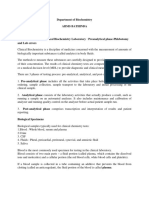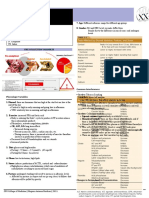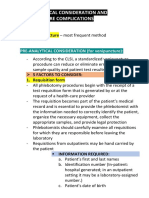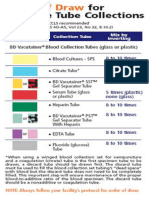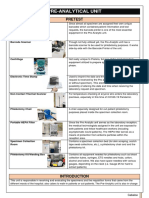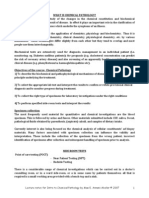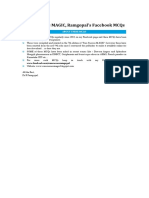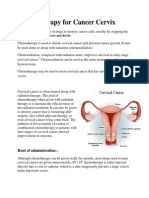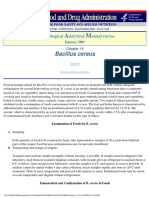0% found this document useful (0 votes)
20 views15 pagesSOP - Sample Collection
The document outlines the procedures for laboratory specimen collection, emphasizing the importance of proper preparation, handling, and labeling to ensure accurate test results. It details patient preparation for various tests, including fasting requirements and specific instructions for blood sugar and lipid profile tests. Additionally, it provides guidelines for blood collection techniques, site selection, and post-collection care to minimize discomfort and ensure safety.
Uploaded by
yogibear00Copyright
© © All Rights Reserved
We take content rights seriously. If you suspect this is your content, claim it here.
Available Formats
Download as DOCX, PDF, TXT or read online on Scribd
0% found this document useful (0 votes)
20 views15 pagesSOP - Sample Collection
The document outlines the procedures for laboratory specimen collection, emphasizing the importance of proper preparation, handling, and labeling to ensure accurate test results. It details patient preparation for various tests, including fasting requirements and specific instructions for blood sugar and lipid profile tests. Additionally, it provides guidelines for blood collection techniques, site selection, and post-collection care to minimize discomfort and ensure safety.
Uploaded by
yogibear00Copyright
© © All Rights Reserved
We take content rights seriously. If you suspect this is your content, claim it here.
Available Formats
Download as DOCX, PDF, TXT or read online on Scribd
/ 15



